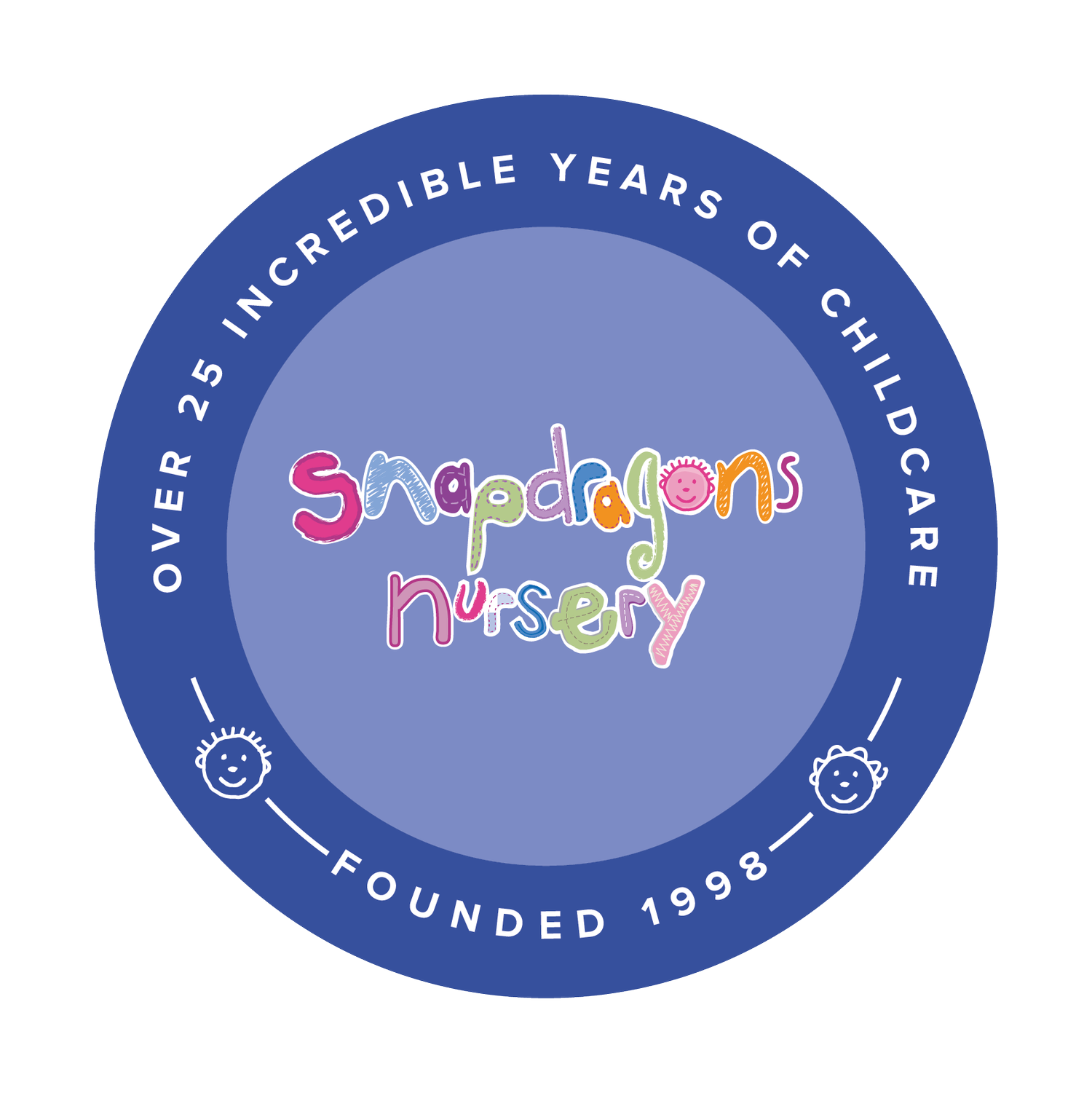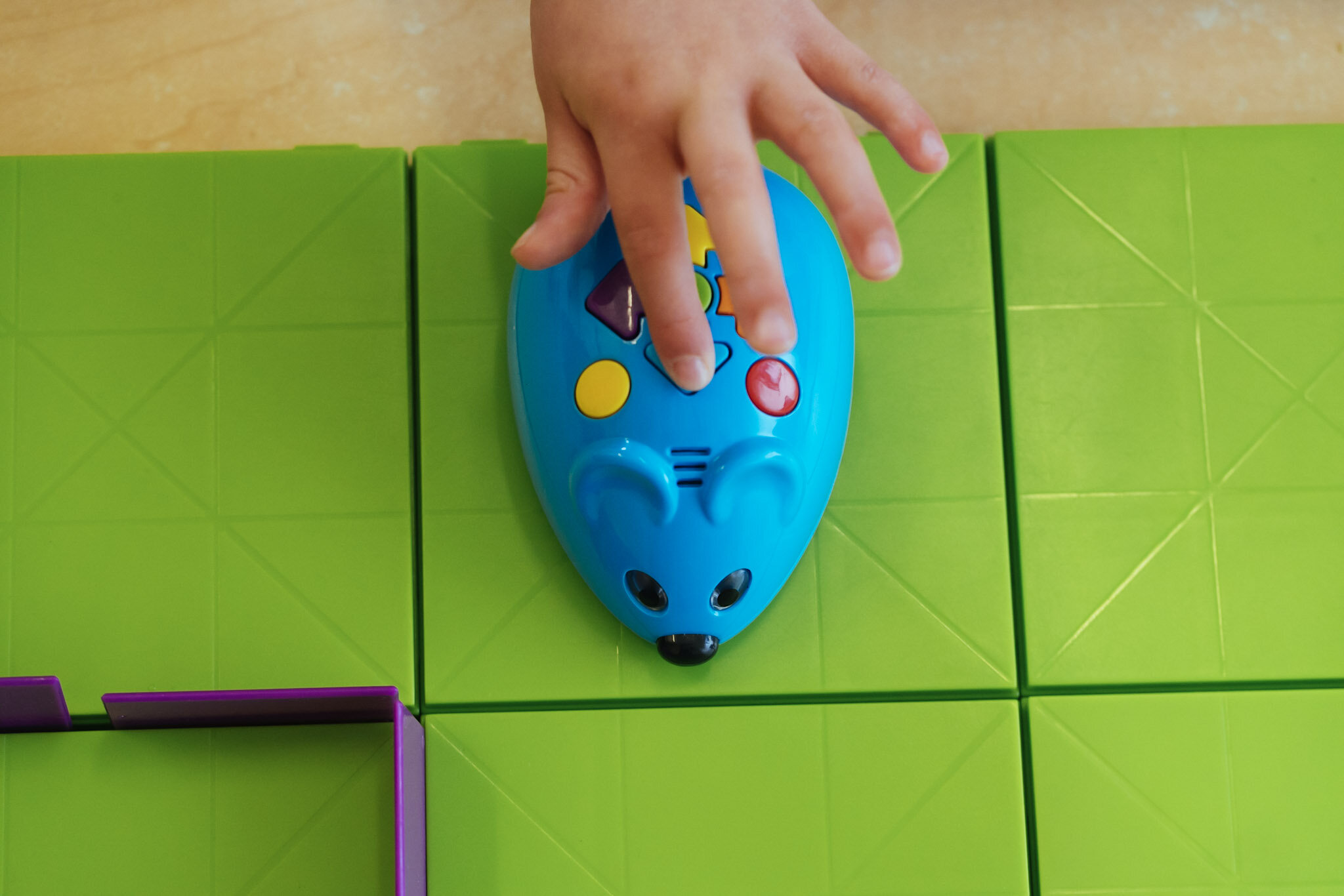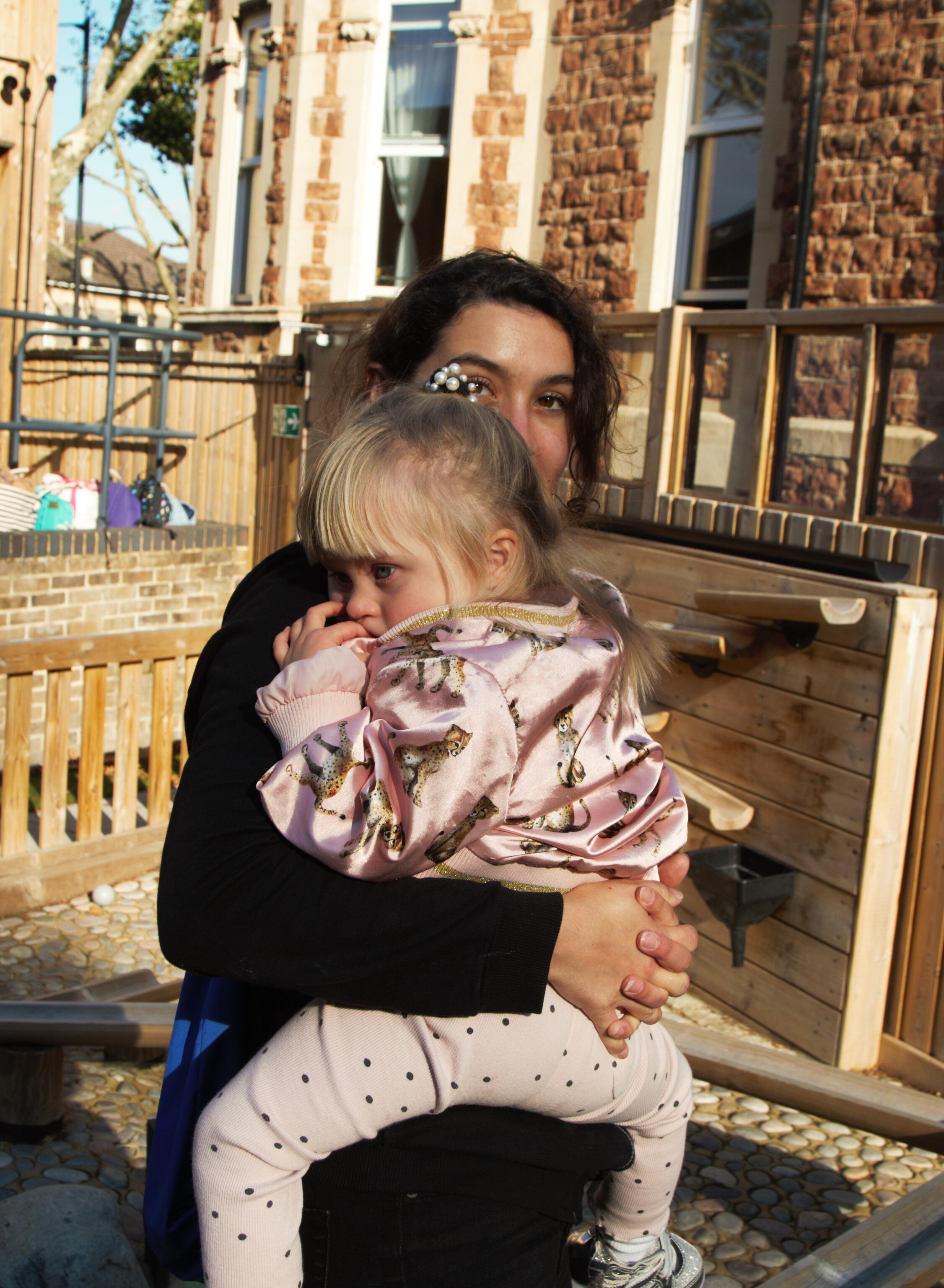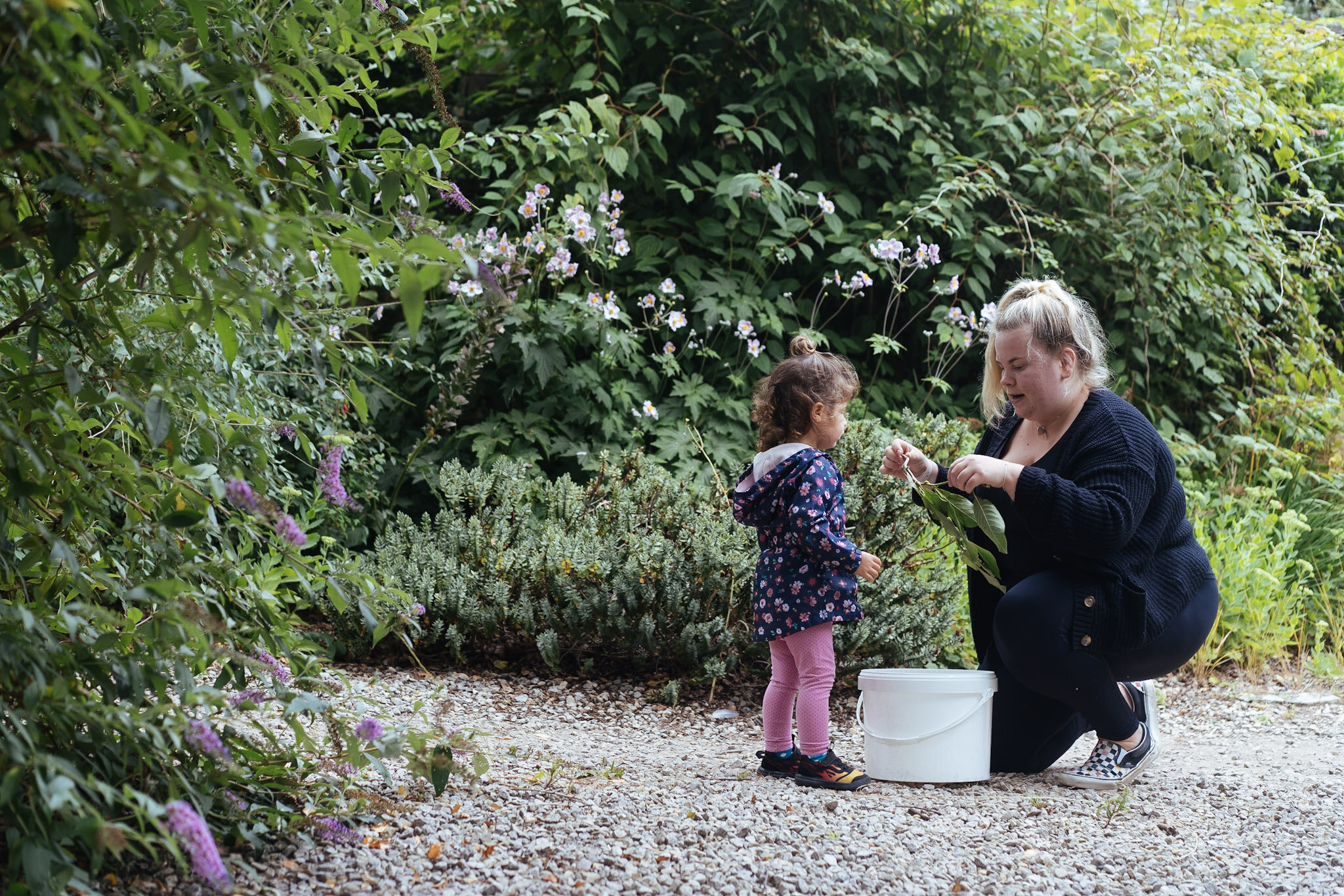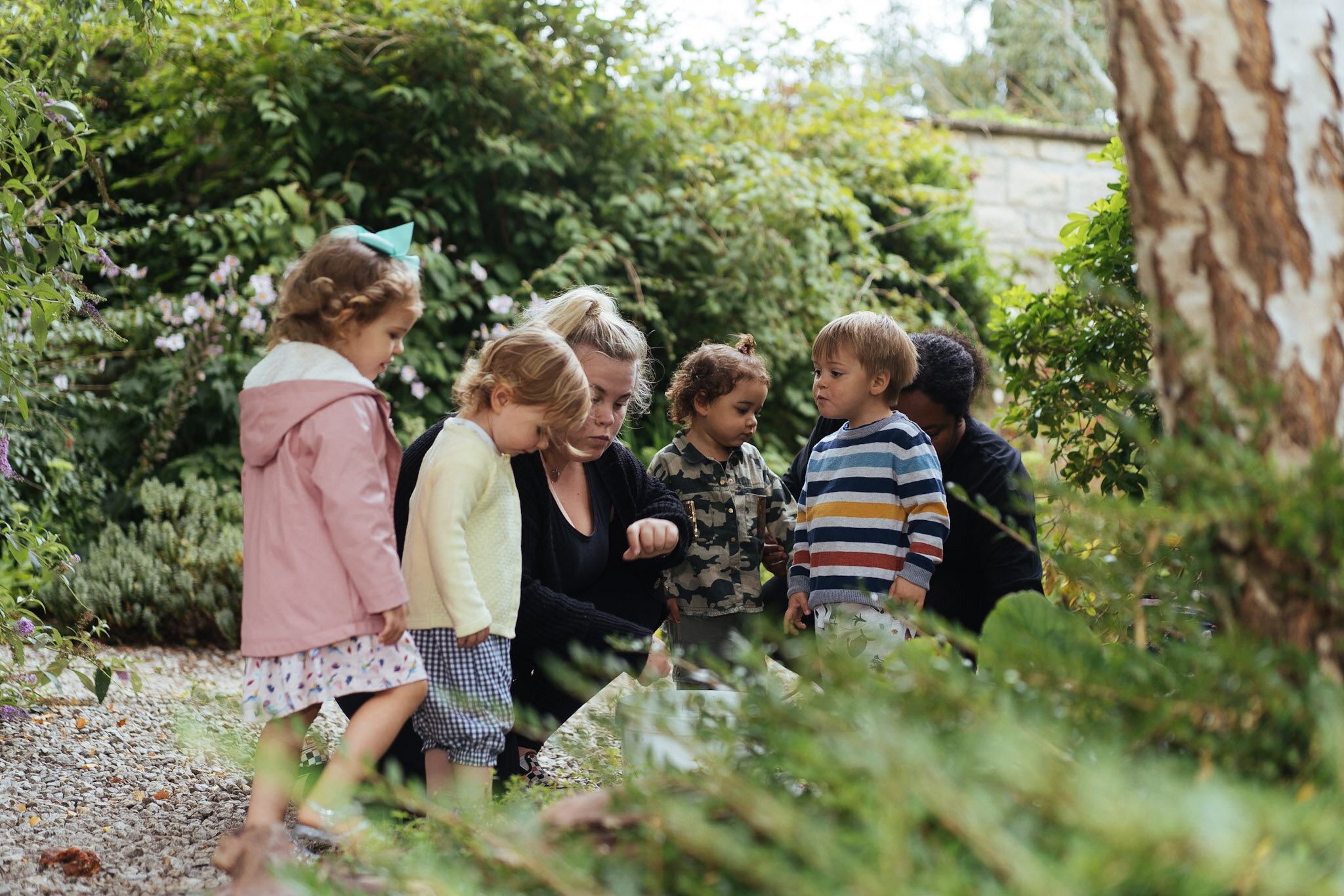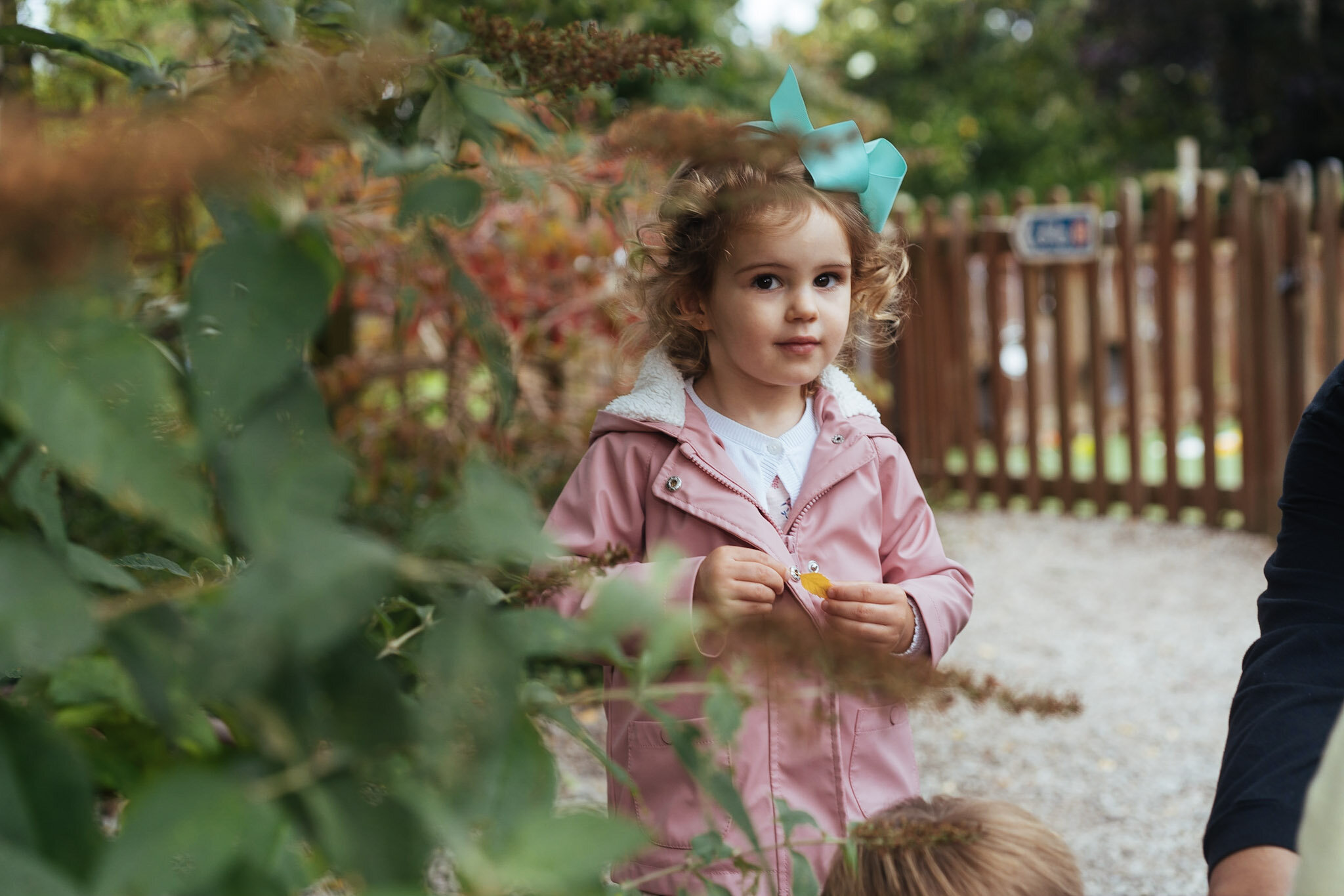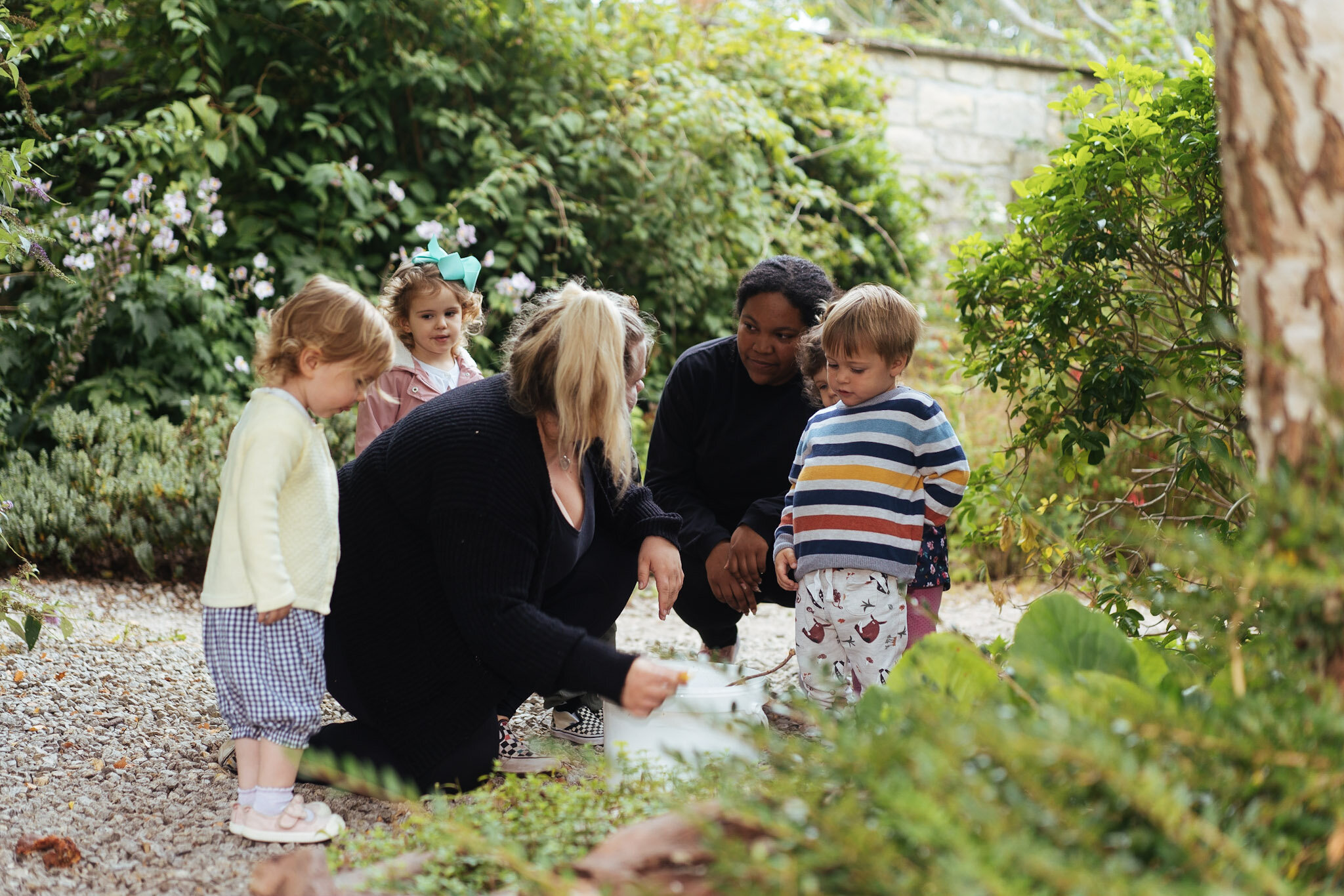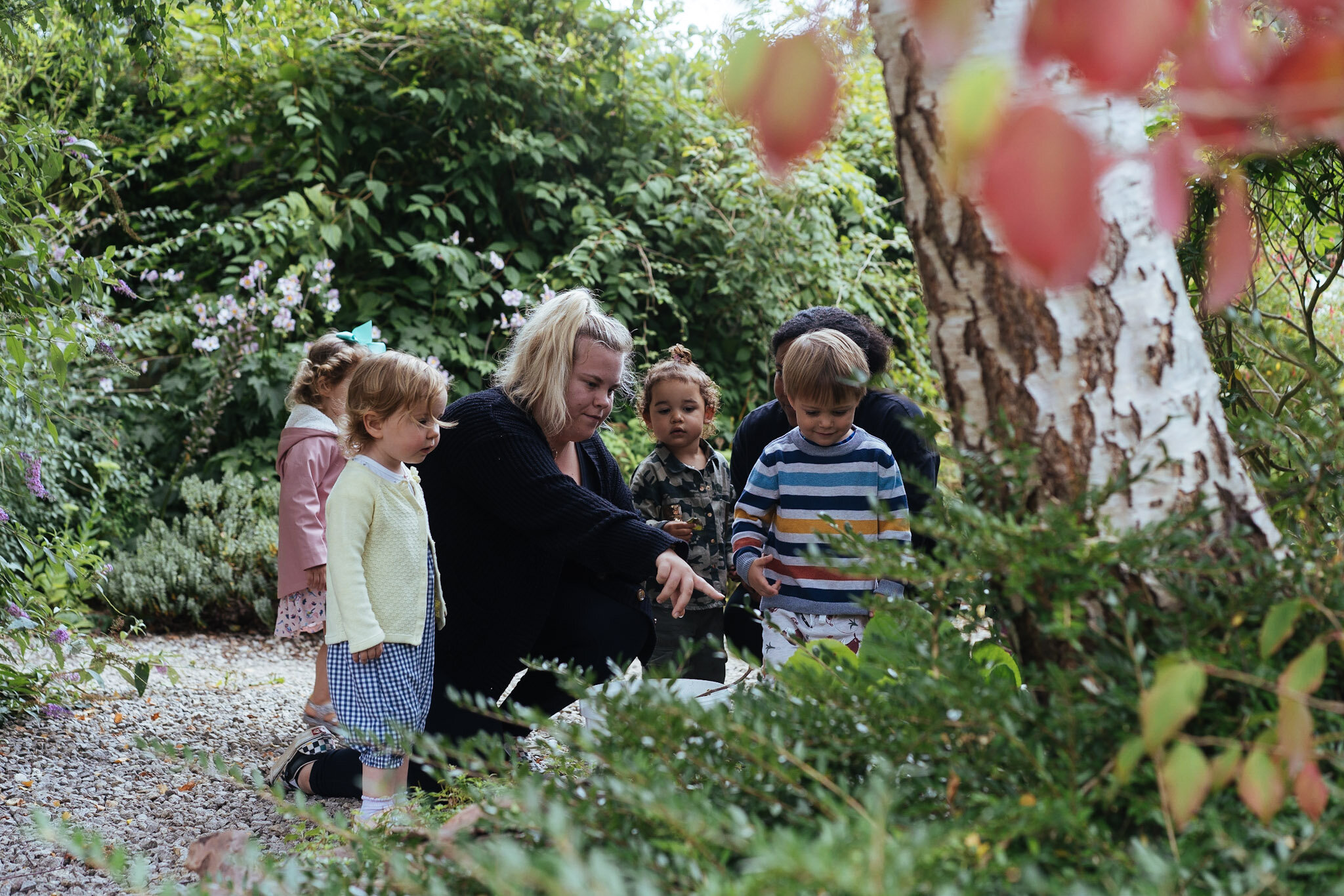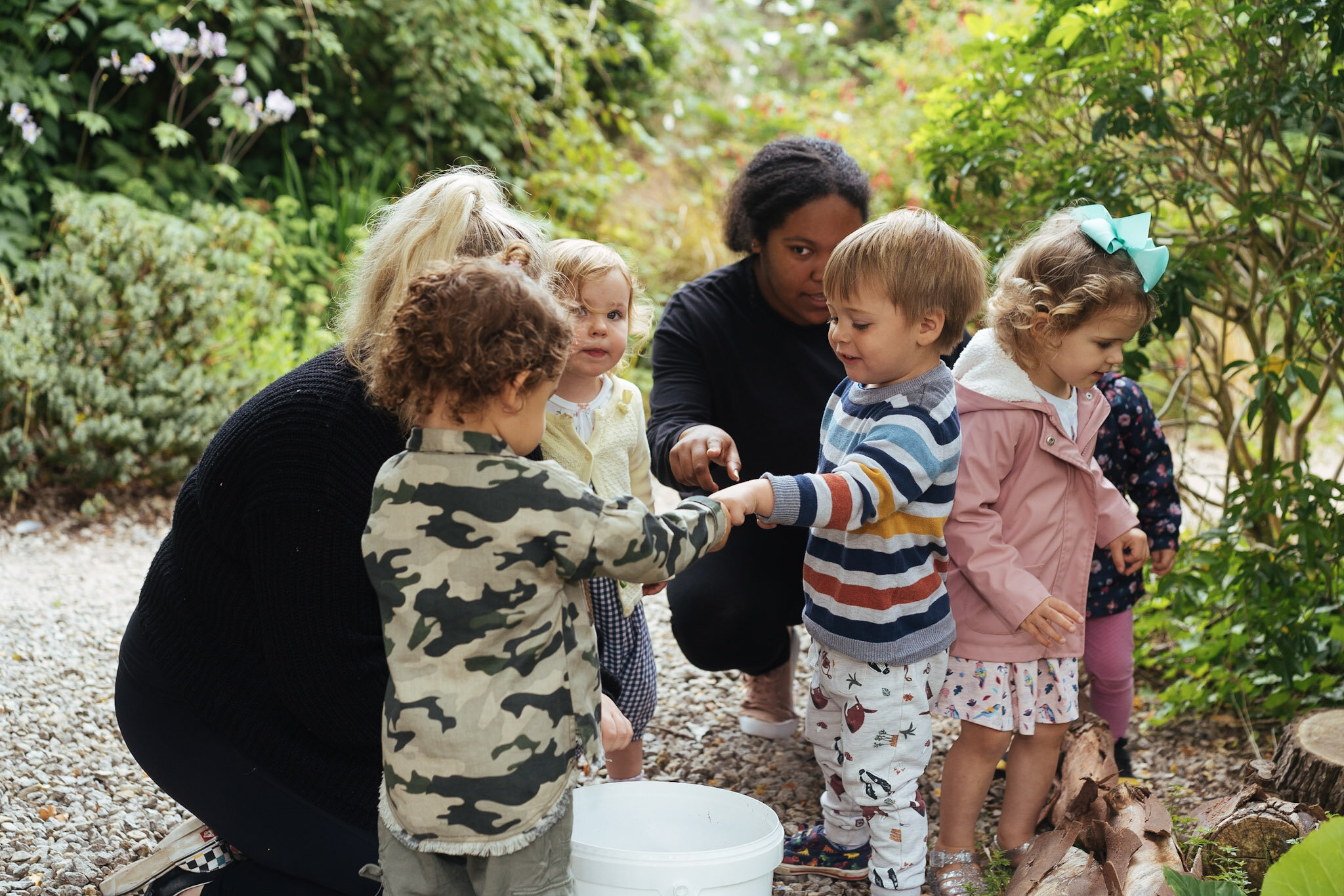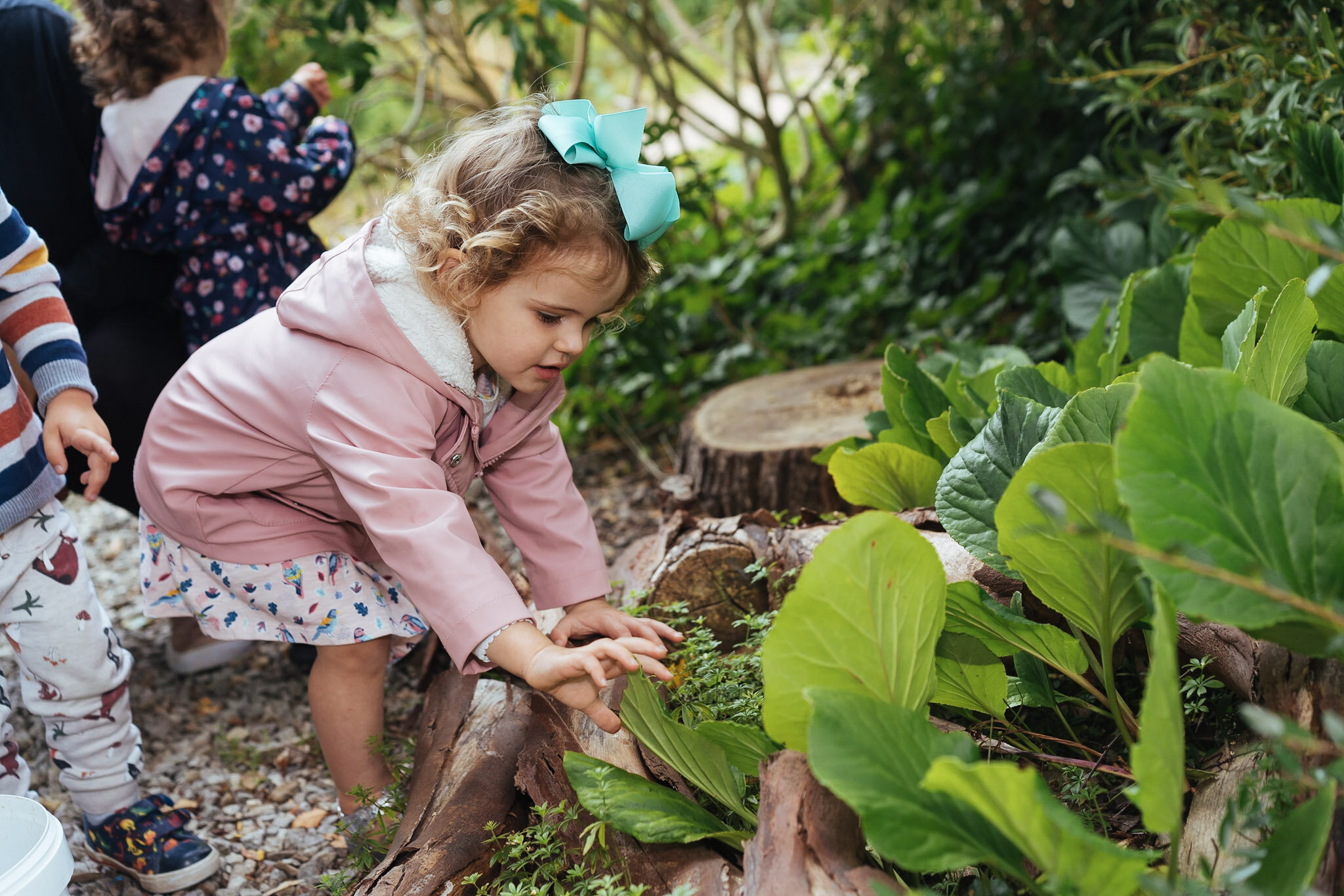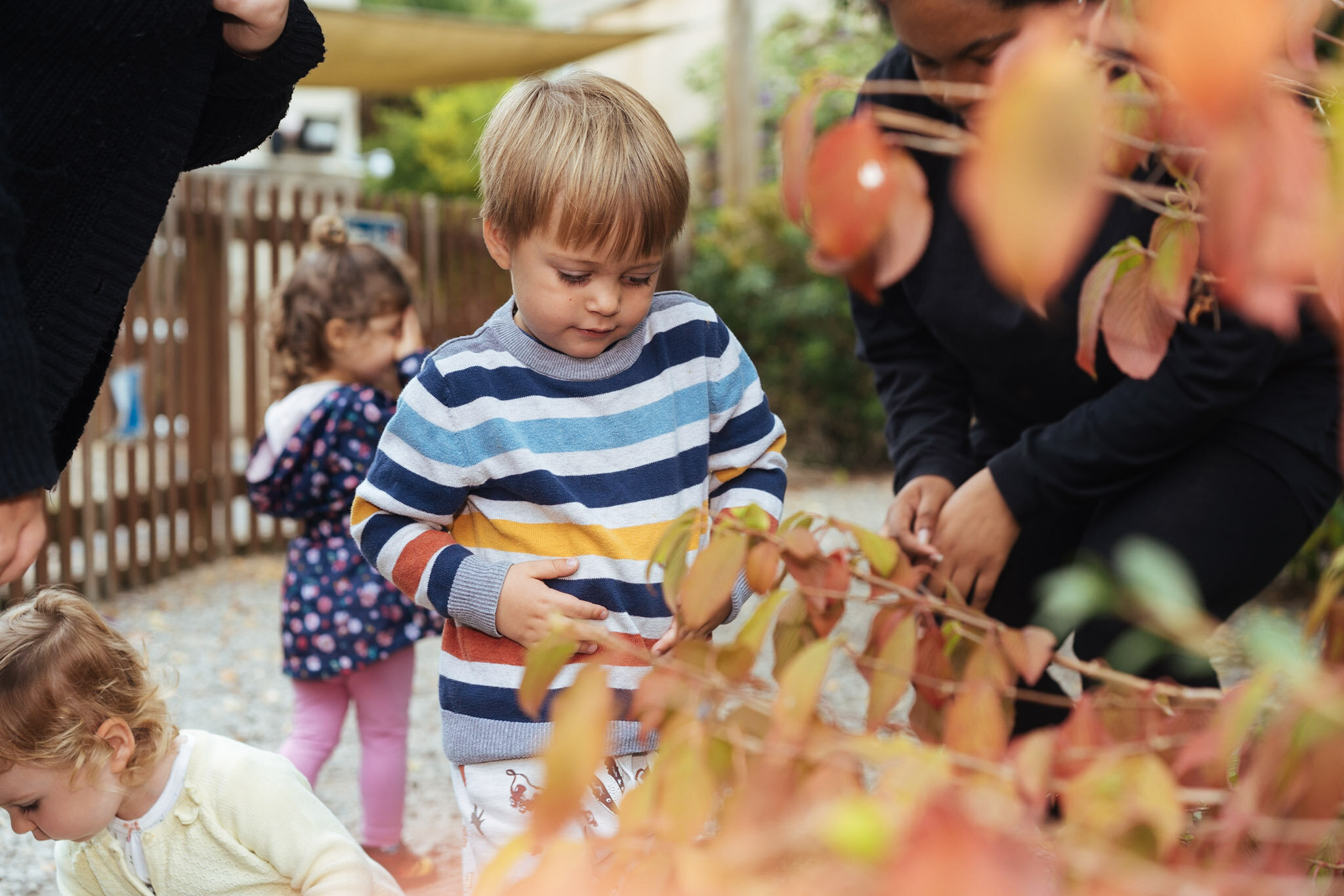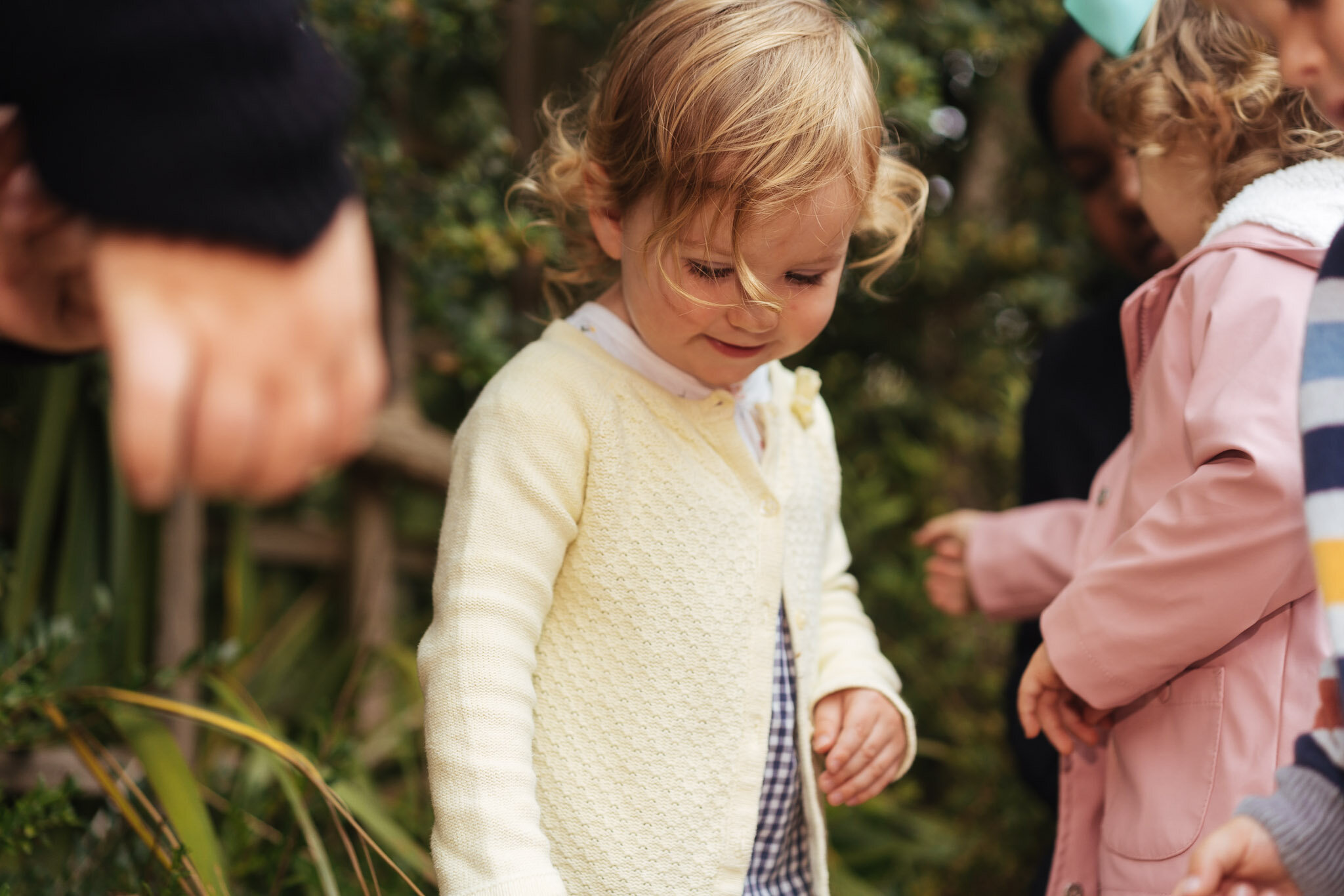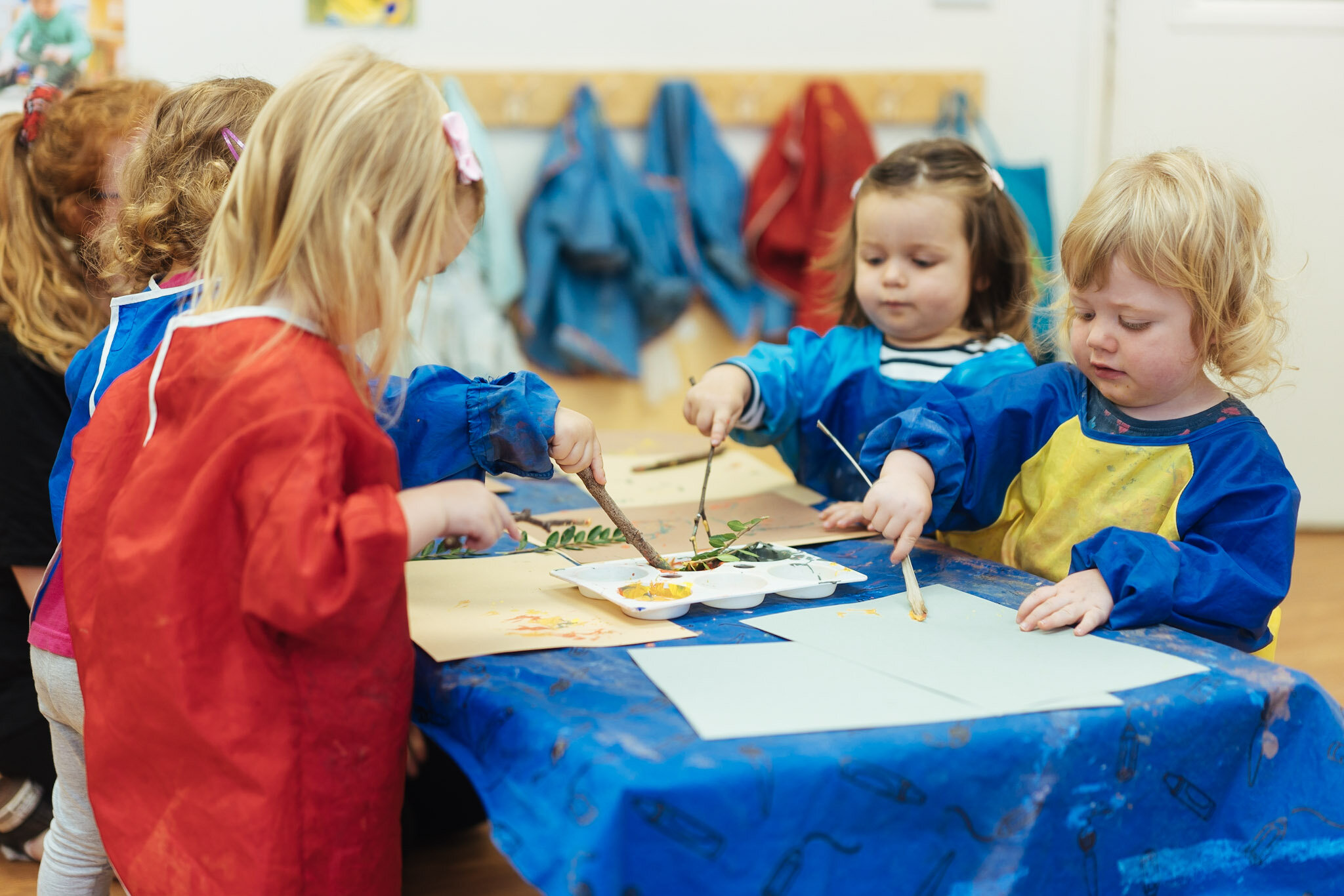
Technology for Tots
What do you think of when you hear the word “technology”? Most of us probably think immediately of tablets, laptops, TVs or phones. Today, many people can’t remember a time before the internet or mobile phones. If you can, watch out, you’re showing your age! Everyday technology affects our lives now like never before. Smart gadgets that capture our attention, distract, inform, educate and entertain, have now become such a part of our lives it’s hard to imagine a time when we managed without it all.
We need our children to grow up with the skills to be able to make full use of technology throughout their education and beyond into the working world. But what does this really mean in their early years? How do we prepare very young children for this integral part of modern life?
In the Early Years Foundation Stage Curriculum technology is part of ‘Understanding the World’. Children’s experience and development within this area of learning involves far more than simply the use of iPads or laptops. It also involves learning about the range of technology, equipment and machines they encounter in everyday life, from Apple iPads to the humble zip.
All learning starts from a child’s very first experiences. Our curriculum guidance tells us, “The beginnings of technology lie in babies exploring and making sense of objects and how they behave……Babies need to explore lots of different things to find out what they can do with them”
“The beginnings of technology lie in babies exploring and making sense of objects and how they behave”
Our baby environments provide collections of interesting objects for our youngest children to discover and explore using all their senses. As babies grow, their curiosity and ability to manipulate objects physically develops further. Now they are motivated to get their hands on everything and find out what happens when they push, pull, lift or press parts of toys, flap books, and everyday objects. Many of you will relate to your child’s early fascination with pressing buttons that cause sounds or lights to flash, or lifting the flap to find ‘’Where’s Spot?” in the pages of a book.
Two year olds become more sophisticated in their drive to investigate and make things happen; they like to take control and make things move. Toddlers learn how to operate wind up toys by turning the mechanism, and start to control the movement of electronic toys such as remote control cars by pressing buttons or switches to make something happen. They also love to use real objects for imaginative role play such as TV remotes, telephones, and keyboards, reliving what they see being used in everyday life.
“At Nursery we extend the older children’s interest in technology through programmable toys which require planning and problem solving.”
By the time they reach Pre-school many children can easily operate equipment they encounter in their everyday lives at home like the television. No doubt your pre-schooler is also pretty swift on your iPad and smartphone too given half a chance! At Nursery we extend the older children’s interest in technology through programmable toys which require planning and problem solving. Working out how to program a toy to move in different directions and follow a route develops their thinking skills beyond the on and off switch.
Above all, we need to help children to develop the ability to ask questions and find the answers. Talking with children, commenting on the effect of their actions as they explore everyday objects, technology and the world around them is our role as adults. Helping them think and speculate on why and how things work will help them in many areas of their education and begin to give them the skills they need to navigate our ever changing world.
How to keep calm and carry on
Keeping calm in a pandemic
2020 … quite a year so far. If there was ever a year to which the phrase “keep calm and carry on” applied, 2020 is up there. Lots has changed about the world we thought we knew and people’s lives have been disrupted, causing distress, sowing confusion and doubt. As adults we may have learnt how to keep calm and carry on by developing our own coping strategies. This could be anything from sharing our thoughts and feelings with a friend, getting outside for some fresh air and exercise, or maybe distracting ourselves with an activity we enjoy.
“But what about our children?”
But what about our children? Do they know what to do when they feel overwhelmed? Well, yes, in a sense: having a tantrum is often the result when it all gets too much for them. We as adults are sometimes prone to having a bit of a meltdown too, of course, but hopefully we have learned to have the self-control not to let it completely derail us in the middle of the supermarket!
“a child doesn’t have the skills to cope with big emotions”
A tantrum is a sign that a child doesn’t have the skills to cope with big emotions. They simply don’t know what to do when those feelings totally take charge. This is all in their head. Literally. If we think of the brain as having two main parts, the lower brain drives our emotions and the upper brain is where we do our thinking.
When children are stressed, emotions take over the upper thinking brain and they are more likely to lose the ability to control themselves and the result can be a complete meltdown! As very young children’s brains are the least developed, they are not able to use the thinking part of their brain to decide how they can deal with their feelings. What they need is support from us as adults. We need to help them gradually learn to be aware of their emotions and be able to make their own choice to do something that helps them cope. In time they can begin to respond with greater control when faced with all those feelings.
The ability to do this is known as self-regulation. For self-regulation to develop, children need a loving, supportive adult to provide what is known as “co-regulation”. Co-regulation is simply being there for the child. Making sure our calm presence, words and actions make them feel cared about, safe, secure and loved.
Calm presence and actions in a Sunshine Circle session
When children feel secure and relaxed, they are more able to use and develop their thinking brain which is the part they need to gain self-awareness and self-control. They can then learn to manage their feelings and behaviour.
“Over time we can provide children with a toolkit of coping strategies”
Young children need us to help them learn about their emotions and how they can deal with them. We need to name the emotion as they are experiencing it, show them we understand, then guide them towards an action they might take to help deal with that feeling. Over time we can provide children with a toolkit of coping strategies of their own to use, as we do as adults.
You could try these with your child: having a calming, cosy space that they can choose to retreat to; going outside to let off steam physically by running around; a sensory activity like play dough or colouring; or simply breathing or counting slowly to calm and soothe frayed emotions. A cuddle often works wonders too.
Supporting self-regulation skills will lead to children developing the ability to deal with stress more effectively in later life. In today’s world that will no doubt contribute greatly to their overall health and happiness.
Feeling secure and loved with a special cuddle
If you want some tools to help you and your children work through co- and self-regulation you might find this website useful keepyourcooltoolbox.com/#toolbox
Your prejudice, their fear
Think back to your childhood…..some of us have to turn back the clock a bit further than others! Who had the biggest impact on your life? A family member, a teacher, a neighbour, a friend…? Most of us can recall the people who loomed large in our childhood and in many cases helped to form who we are today.
Most of us can recall the people who loomed large in our childhood
Many skills were taught to you by these influential adults in your life. Think of all the things you learned as a child such as potty training, riding a bike, tying your shoelaces, reading and writing. Someone taught you all those things.
Now, what about all those things you picked up along the way that you weren’t even aware you were learning? Some of which have also greatly contributed to who you are now as an adult.
Think of your confidence, attitude, language, likes, dislikes and fears. Were these directly taught or simply picked up without realising, absorbed into your growing mind?
“imagine a spider….a big, fat, hairy beast of a thing”
Now, imagine a spider….a big, fat, hairy beast of a thing. If there was one next to you now, staring up at you with its beady eyes, would you:
a) Stamp on it
b) Scream and call someone else to deal with it
c) Pick it up carefully and pop it outside.
It is possible that your preferred reaction was influenced way back in the midsts of time in your childhood years. What did you see your parent do when faced with a spider? Did you learn to do the same?
What if as children we had not developed such fear and dislike, supported through the positive influence and example of those around us
But what if as children we had not developed such fear and dislike, supported through the positive influence and example of those around us. Children’s fascination and respect for all living creatures can be encouraged and learned. They could be the next Chris Packham or David Attenborough!
How adults behave around children can have a big impact on many aspects of life. Your attitude and habits around food, whether healthy or unhealthy, may well have been rooted in your childhood mealtimes and what you saw and heard from your parents. If we voice disgust over certain foods whether through what we say or our facial expressions and body language, we will have a big impact on our children’s attitudes which may stay with them long term.
Your attitude and habits around food, whether healthy or unhealthy, may well have been rooted in your childhood
Extend this concept to how we respond to children’s emotions and the impact not just on their development but on their future mental health, and it really opens up the responsibility we all have as adults to be aware of the effect of our actions.
If a little boy is always told to stop crying like a girl or a girl is told to stop being a baby, and learns instead to suppress their feelings, what impact could this have on their ability to express themselves emotionally and form healthy relationships as adults? And what does that teach children about gender stereotypes if adults convey that boys must be strong and girls are always crying?
“Children are like little sponges”
Children are like little sponges; they soak up everything around them and create a view of the world and how to relate to it. Therefore, as adults we have the power to influence their development in a profound way to set them up to lead positive, fulfilling lives.
Benefits of Nature
Our relationship with nature has emerged as one of the most valuable sources of resilience and pleasure for children during lock down. After being tied to the house for many hours a day, the daily outings or time in the garden were of huge importance to everyone’s wellbeing, more than ever over the last few months. It has also been proven that being outside is safer for children in terms of reducing the spread of Coronavirus and, now that the lock down has eased, this is still as important.
For children, nature offers consistency in that it can be seen and engaged with every day using all their senses, especially touch, in a way we're not able to with human others, beyond those in our household, at the moment. In nursery we have tried to make sure that the outdoor environments are used as much as possible and that local, safe trips and outings are encouraged during the nursery week. Each of the Snapdragons nurseries has made the most of the local fields and woodlands, allowing the children the outdoor space which they thrive in and the opportunity to run faster, jump higher and shout louder!
“For children, nature offers consistency in that it can be seen and engaged with every day using all their senses, especially touch, in a way we’re not able to with human others, beyond those in our household, at the moment.”
The benefits of nature are endless and if you have been following our social media you will have seen that each of the nurseries has been bringing natural resources back into the nursery for the children to explore and be imaginative with as well. Not only are natural resources free and readily available, they encourage children to use all of their senses when exploring them. It is so important to teach children to respect our natural world and look after it.
Being outside and playing in nature is a perfect opportunity to talk to your child about what smalls steps we can take to look after the planet. There are many ways in which we can use natural resources for learning opportunities and activities: one example is painting with natural items, like leaves, twigs, or grass heads, this is a great way for them to explore patterns and textures as each item will leave a different trail on the paper.
Some other activities you can do with children using nature are:
Looking for symmetry in nature - a good example is a leaf.
Loose parts play, or creating pictures using different “loose parts” from nature e.g. leaves, bark, flowers, sand. Have a look at the work of artist Andy Goldsworthy for inspiration.
Make your own natural jewellery, nature crowns or bracelets can be made from cardboard and decorated with nature or by using twine or strips of lime wood or any dead branch. A great trick is to make a cardboard head band and stick double sided tape round it then add the things you find on a walk as you go. Or you could thread shells or wood with a hole drilled through the middle onto twine.
Potion or perfume making with water and petals.
Bird feeders to hang in the garden, talk about looking after the creatures in nature.
Looking at feathers or leaves under the magnifying glass, what does your child notice?
Creating a natural dinosaur world, collect up your child's dinosaurs and use sand, pebbles, water and leaves to create a prehistoric dinosaur world that will spark their imaginations!
“Look at feathers or leaves under a magnifying glass, what does your child notice?”
Puffy Paint!
Have a go at making puffy paint at home with your little ones. This is a great variation on a simple painting activity. It has really great sensory value too if let your children explore with their hands! All you need is shaving foam and different coloured paint.
Have a go at making puffy paint at home with your little ones. This is a great variation on a simple painting activity. It has really great sensory value too if let your children explore with their hands! All you need is shaving foam and different coloured paint.
